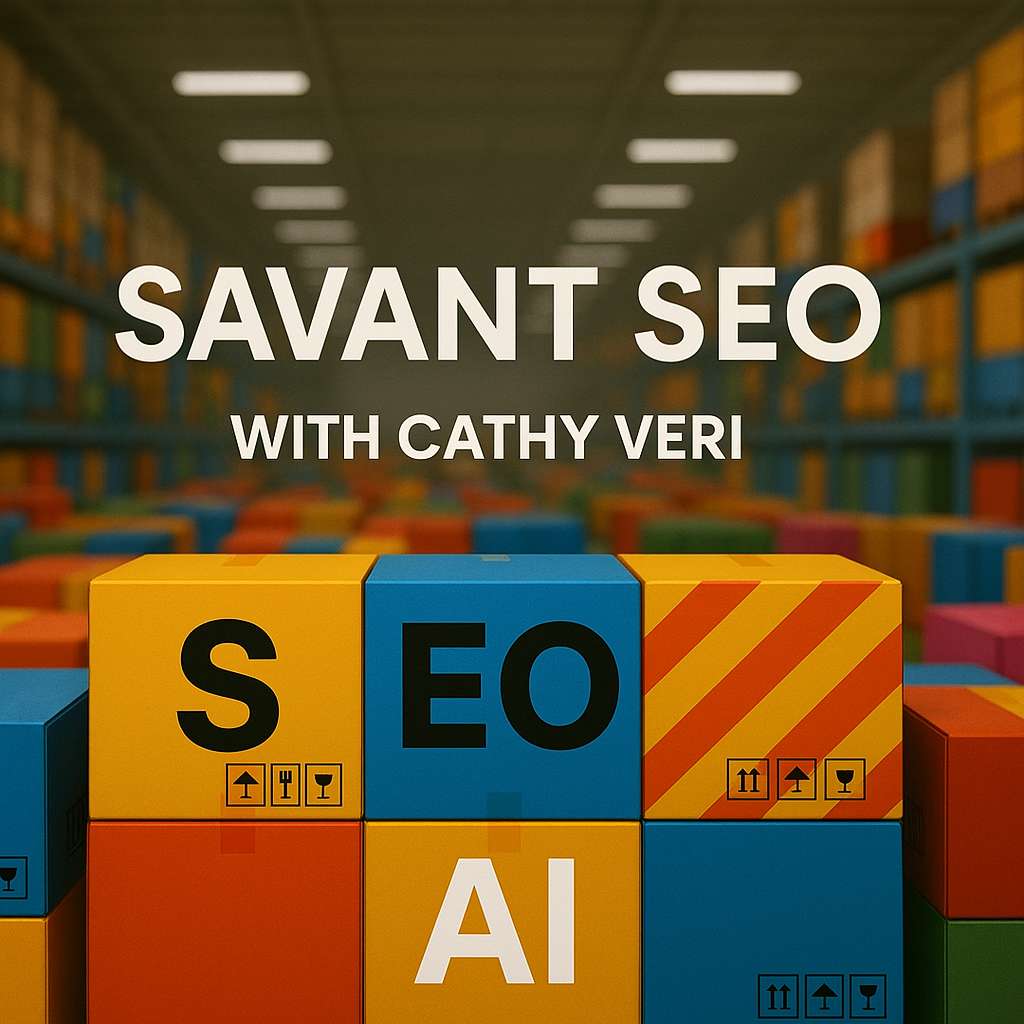Five Truths Halting Your Company's Organic Growth
by Dan Adams
 Making a lasting change is usually easier said than done. Think about it. Most of us spend more time talking about that next diet or exercise program we plan to start than we do actually going through with it. Businesses have just as much difficulty going through with change as individuals. Too often, like those of us who are unwilling to get up a little earlier to go on that morning run or invest in the right pair of running shoes, companies are unwilling or unable to carry out the changes that need to be made in order to grow organically.
Making a lasting change is usually easier said than done. Think about it. Most of us spend more time talking about that next diet or exercise program we plan to start than we do actually going through with it. Businesses have just as much difficulty going through with change as individuals. Too often, like those of us who are unwilling to get up a little earlier to go on that morning run or invest in the right pair of running shoes, companies are unwilling or unable to carry out the changes that need to be made in order to grow organically.
Growing organically by creating differentiated products and services is difficult. It requires constancy of purpose and a willingness to invest over time. The problem is that consistent, successful organic growth is steeped in change. And the companies that can't make the transitions required will always be left behind.
Investment in profitable, sustainable organic growth must be done at two levels. First, you must learn the new skills and tools of "direct customer engagement," and second, you must apply what you've learned with customers very early in the new product development cycle.
Too many companies hear the word "investment" and immediately decide they can't undertake this kind of change when the economy isn't great. But both of these investments are minor compared to letting your R&D department work at a 75 percent fail rate developing products that don't interest your customers or that aren't any different from what your customers can get from your competition.
Here are four distinct signs that your company's plans for growth just aren't based in reality:
- Your budget predicts your sales will grow faster than the markets you serve.
- Your competitors—serving those same markets—believe their sales will do the
same. - You don't have a track record of consistently taking market share from competitors.
- You can't identify—with a straight face—a key event or initiative that will change all this.
The bottom line is that relatively few businesses know how to achieve profitable, sustainable, significant growth. In fact, most do not. If your business is among the many strugglers, what can you do?
Reality Check No. 1: You can't sustain faster growth than competitors through better quality, service, or operational efficiency. Those battles were fought in past decades and—while still necessary—are not sufficient for a sustainable competitive advantage today.
Reality Check No. 2: Remember, the growth you desire comes only from giving customers differentiated value. In other words, value they can't get anywhere else. I've seen businesses that focus on 'maximizing shareholder wealth' and businesses that focus on understanding and meeting customer needs. My money is always on the second group.
Reality Check No. 3: Most companies do a miserable job of developing new product differentiation, a.k.a., "new customer value." On average, three out of four products fail after they enter the costly development stage. Can you think of any other area within your company that abides a 75 percent defect rate?
Reality Check No. 4: "Most new products don't fail because R&D can't come up with good answers. They fail because R&D is trying to answer the wrong questions. The supplier doesn't know what the customer really wants, because the supplier is deciding what the customer wants in his own conference room.
Reality Check No. 5: The great thing is that these problems are completely solvable. In a study representing 84 percent of all global corporate spending (The Global Innovation 1000), Booz Allen Hamilton found that directly engaging customers gave suppliers superior results. How superior? These suppliers' profits grew three times faster than those that just used "indirect customer insight" to develop new products.
If you are directly engaging customers, and your competitors are using indirect customer insight, you can expect to grow your profits three times faster! Now that would make assembling an operating budget more fun, wouldn't it?
But there's a problem, and it's one we're all familiar with. Real change requires investment. And in a slow economy, these investments rarely seem feasible for cash-strapped companies.
Consider what could happen if you make project-by-project, front-end investments. Imagine your team spent $50,000 flying around interviewing prospective customers to understand their unmet needs. What would it take to recover this front-end investment? In most cases, you would recover these costs if you improved your probability of success by 1 percent; increased market share by ¼ share point; accelerated time-to-market by one month; or raised pricing by 0.5 percent.
A great example of a company that accepted the organic growth reality check put before them is DuPont.
DuPont has a rich history of delivering differentiated value through its products. We have DuPont to thank for nylon, Teflon, Kevlar, Tyvek, Corian, and Lycra. Over the last few years, they invested in implementing New Product Blueprinting to improve direct customer engagement. They asked me to work with them to design a new and innovative way to train and implement New Product Blueprinting.
To put this in perspective, DuPont invested in organic growth during the worst recession since the 1930s, when most companies were "circling the wagons." An impressive and bold move.
My point is simple. Winning companies know what provides their winning edge—understanding and meeting customer needs. And they continue to win because they figure out a way to invest in and consistently build this edge.
Dan Adams, president of Advanced Industrial Marketing Inc., is author of New Product Blueprinting: The Handbook for B2B Organic Growth (AIM Press, 2008, ISBN: 978-0-9801123-4-4, $35.00, www.newproductblueprinting.com).














